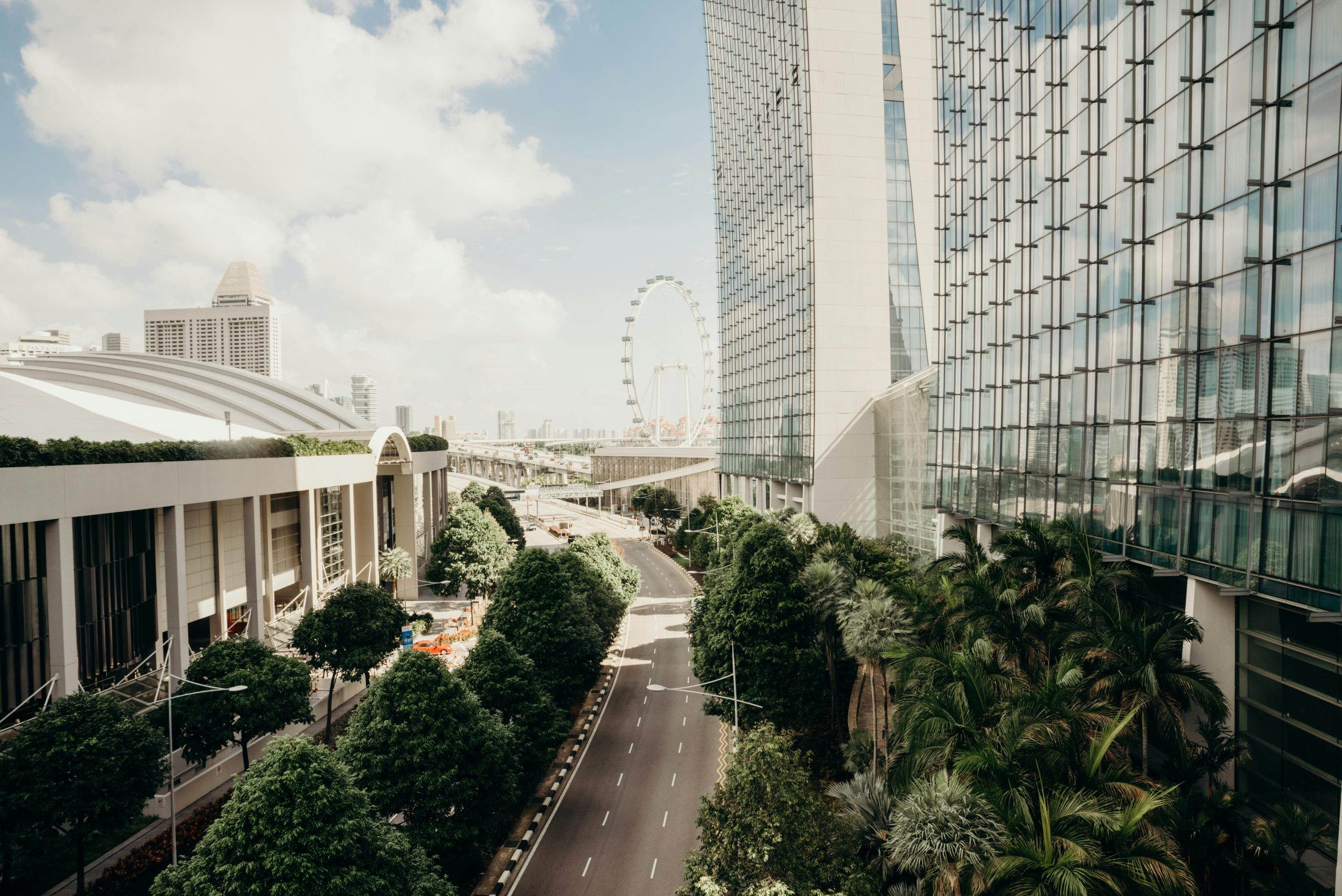Climate Havens: Floating Cities in Oceanix’s Prototype Districts
Welcome to the future of sustainable living – the era of floating cities. As climate change continues to threaten our planet, architects and engineers are looking for innovative solutions to mitigate the impact of rising sea levels, extreme weather events, and disappearing coastlines. One such solution is Oceanix’s prototype districts – a vision for self-sustaining communities that float on the ocean. In this article, we will explore the concept of climate havens and the potential of floating cities in Oceanix’s prototype districts.
The Need for Climate Havens
As the effects of climate change become increasingly evident, the need for sustainable solutions has never been greater. According to the Intergovernmental Panel on Climate Change, global sea levels are projected to rise by 0.7 to 1.2 meters by the end of this century. This poses a significant threat to coastal cities, displacing millions of people and causing irreparable damage to infrastructure and economies.
But it’s not just rising sea levels that we need to worry about. With extreme weather events becoming more frequent and intense, traditional cities are also vulnerable to flooding, storm surges, and tsunamis. The concept of climate havens – resilient, self-sustaining communities – has emerged as a potential solution to address these challenges.
The Rise of Floating Cities
While the idea of floating cities may seem like something out of a sci-fi movie, it has been gaining traction as a feasible solution to climate change. With advances in technology and engineering, architects and urban planners are envisioning cities that float on the ocean as the future of sustainable living. And Oceanix’s prototype districts are bringing this vision to life.
Self-Sustaining Communities
One of the primary goals of Oceanix’s prototype districts is to create self-sustaining communities that can thrive in a constantly changing environment. The cities would be designed to generate their own food, energy, and clean water, reducing their reliance on traditional supply chains. This not only makes the cities more resilient to climate change but also promotes a more sustainable way of living.
Modular Design
The beauty of floating cities is their ability to be easily adapted and expanded upon. Oceanix’s prototype districts would consist of multiple modular platforms that can be combined to create larger communities or detached for individual use. This flexibility allows for organic growth and the constant evolution of the cities to accommodate changing needs and challenges.
Green Technology
Oceanix’s prototype districts would also incorporate the latest green technology to minimize their ecological footprint. This includes solar panels, wind turbines, and other renewable energy sources to power the cities. The structures would also be built with sustainable materials and designed to withstand extreme weather events, reducing the need for constant maintenance and reconstruction.
The Potential Impact
The potential impact of floating cities in Oceanix’s prototype districts is immense. Not only do they offer a solution to the threat of rising sea levels, but they also have the potential to create new economic opportunities, reduce carbon emissions, and promote sustainable living. They can also serve as a model for future urban planning, promoting resilience and adaptability in the face of climate change.
The Challenges Ahead
Despite their potential, floating cities still face many challenges before becoming a reality. The cost and feasibility of constructing such structures, navigating overlapping jurisdictions and regulations, and addressing potential social and cultural issues are just some of the obstacles that need to be overcome.
However, with the urgency of climate change, it is crucial that we continue to explore innovative solutions like Oceanix’s prototype districts. Floating cities may just be the answer to creating a sustainable and resilient future for generations to come.
In Conclusion
The concept of floating cities in Oceanix’s prototype districts is an exciting and promising solution to the challenges brought about by climate change. With a modular and sustainable design, these self-sustaining communities offer a glimpse into a future where humans and the environment can coexist in harmony. While there are still challenges to overcome, the potential impact and benefits of floating cities make them a viable option for combating the effects of climate change. Are you ready to embrace the idea of living on a floating city?











